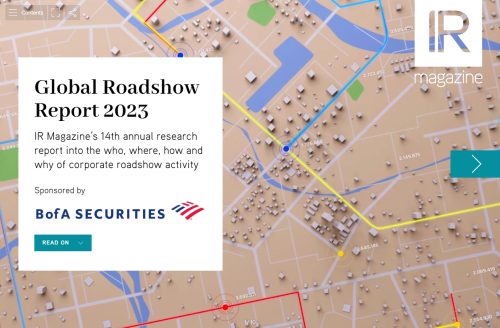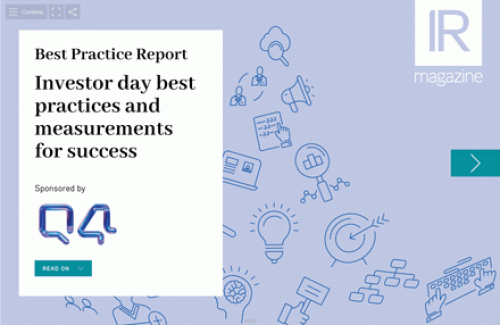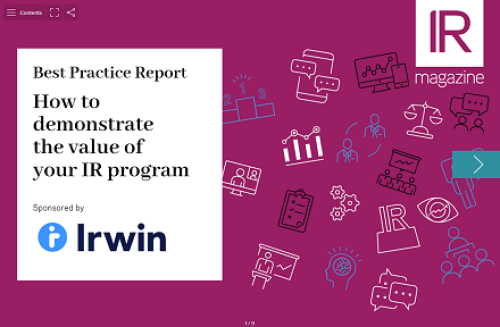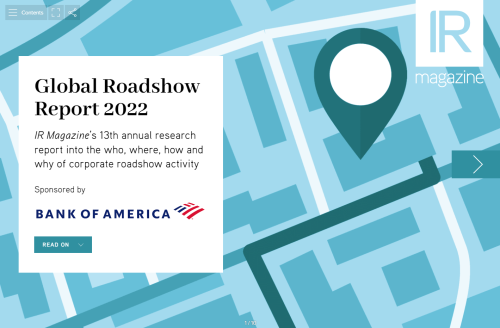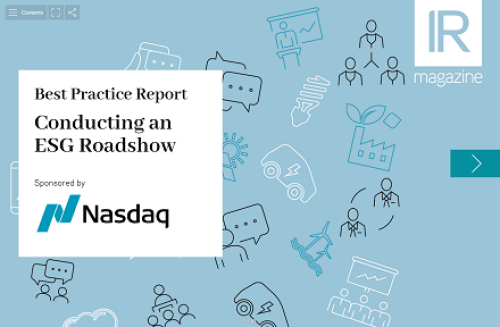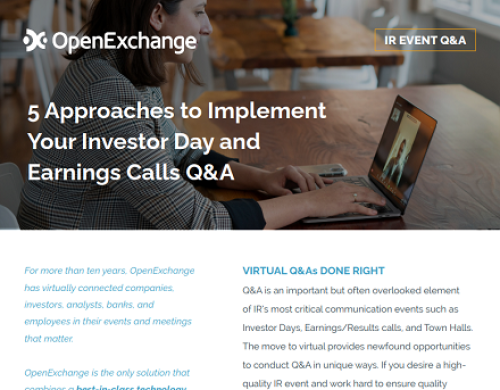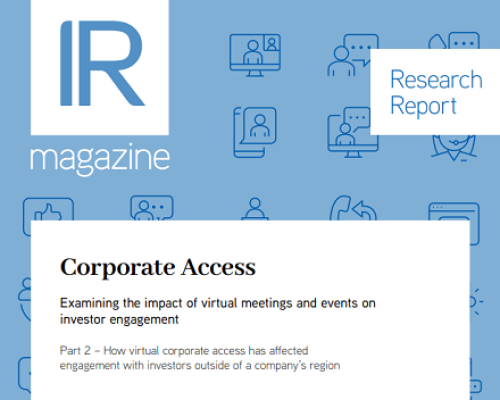Serena Zuidema, IRO at Signify and board member of Dutch IR body Nevir, on the six areas IROs should watch for the future
The role and responsibilities of the IRO have changed significantly over the last three decades, with much of that transformation coming since the credit crisis. What was once a pure communications role within publicly listed firms has quickly changed into a proactive and strategic role where you need to have deeper knowledge of your company’s financial planning and analyses.
At the Netherlands Association for Investor Relations (Nevir), we bring together IROs from Dutch publicly listed
You need to register to access 3 free deep dive articles per month. To continue reading please register or login below..
- Unlimited deep dives
- Data-driven research around key topics
- Buy-side insights
- Benchmarking reports
From
$1495

